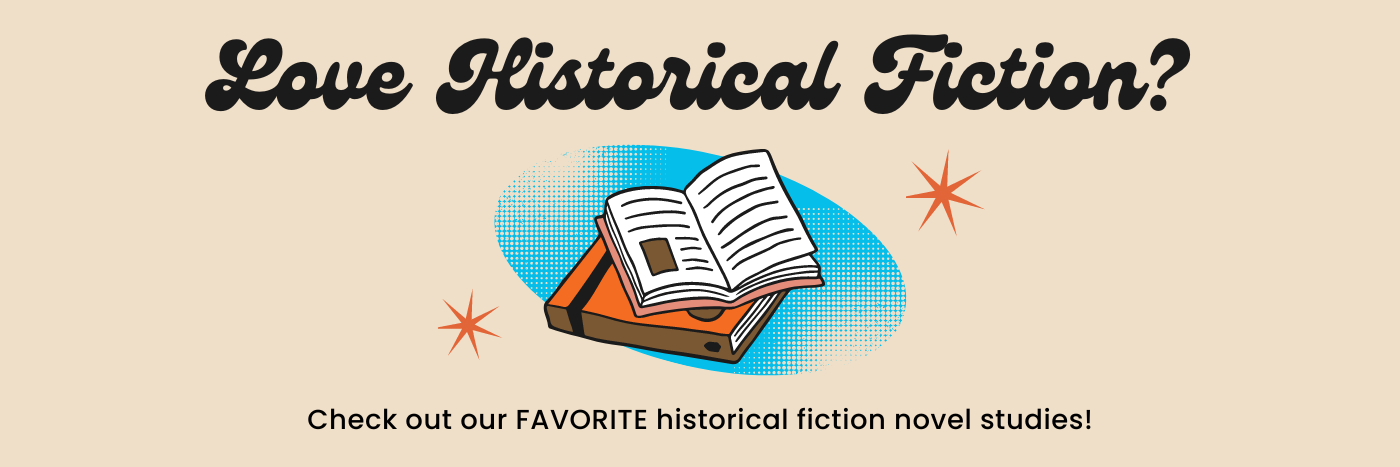
Thirst by Varsha Bajaj – Book Review
 |
Title: Thirst Author: Varsha Bajaj Publisher: Nancy Paulsen Books Release Date: July 19, 2022 |
Each day Minnie and her family struggle to get by in the poorest part of Mumbai. They struggle to make ends meet, have enough to provide for a decent education, and always wonder if there will be enough of necessities, primarily water. When a series of unfortunate events forces Minnie to take over her mother’s job in a fancy high-rise building, Minnie learns about the inequity of water access. For some, such as the poor, access to water is not to be taken for granted. Meanwhile, others, such as mafia bosses and the thieves they employ, exploit water for their gain. As Minnie tries to juggle school, chores, work, and more, she also must decide what to do when she learns that one of the water mafia bosses resides in the same high-rise she works. No matter her choice, the consequences are far-reaching.
Thirst by Varsha Bajaj provides a comprehensive view of life in Mumbai. From wealth disparities to struggles for water, Bajaj covers it all. This includes examining educational inequality, friends and family support systems, and corruption. Minnie’s story helps illuminate all those issues. Yet, her story also is one of resiliency and readers will root for her the entire time. The breadth of the novel is both a strength and a weakness. There are many topics covered, but the amount means Thirst can only scratch the surface of each. For young readers, this introduction to a different country and culture will surely spark curiosity and offer a new perspective, perhaps at once different and similar to their own. Still, with such a range of thematic subjects, the novel struggles to seamlessly thread them together by the end. If readers are interested in the water scarcity issue, as suggested by the novel’s title, they might be disappointed that the theme is only one of many that tries to rise above all the rest.
Thirst offers plenty of topics to quench educators desire to teach a novel study. The book is rich in literary elements, a likeable protagonist, and plenty of nonfiction topics that can be explored at greater depth. The different setting and culture provide yet another avenue to expand students’ horizons and encourage open-mindedness about life around the globe. The only tricky part teachers may face is deciding which overarching theme to focus their time and energy on. With so much to offer, making a selection may seem overwhelming; yet, with a rich narrative, any choice is the right one.
Thank you to NetGalley, Edelweiss+ and publisher, Nancy Paulsen Books, for an eARC of this book.
Classroom Applications
- Cross-Curricular Study – Teach the novel in conjunction with a study of access to education or schooling across the globe or water scarcity.
- Book Club or Book Exchange – Share the novel with students that enjoy reading #diversevoices.
Nonfiction Connections
The list below outlines topics that will enrich your students’ understanding of the novel.
- Water Scarcity
- Climate Change
- Access to Education Across the World
Book Companions
The following are great books to pair with Thirst. In parenthesis are the specific aspects students could explore when synthesizing across the texts.
- Amal Unbound by Aisha Saeed (Character Connections, Nonfiction Connections, Themes)
- Turn the Tide by Elaine Dimopoulos (Character Connections, Themes, Nonfiction Connections)
- Two Degrees by Alan Gratz (Character Connections, Nonfiction Connections, Themes)
- The Bridge Home by Padma Venkatraman (Character Connections, Nonfiction Connections, Themes)
- Omar Rising by Aisha Saeed (Character Connections, Nonfiction Connections, Themes)
*LIT Lessons participates in the Amazon Associate Program and earns a fee from qualifying purchases made on the Amazon.com site.
More Blog Posts
It’s time for the annual LIT Lessons Novel Study Giveaway! Year-over-year students grow and change, and those changes are often most pronounced when a new school year begins. It’s a fresh start and a restart. The message of Restart by Gordon Korman captures the spirit of new beginnings, evolving identity, and the universal experience of growing older.
Many ELA question stem resources provide vague sentence starters or surface level prompts to encourage students to engage with a text. Oftentimes, these resources lack true depth and rigor, which means students are not being adequately challenged to critically think about a text.
Middle grades historical fiction novels have come a long way from the books available ‘decades’ ago. In fact, this growing genre is now bursting with fantastic, inspiring, and insightful novels. It comes as no surprise that these books are finding their way into middle school ELA curricula…





